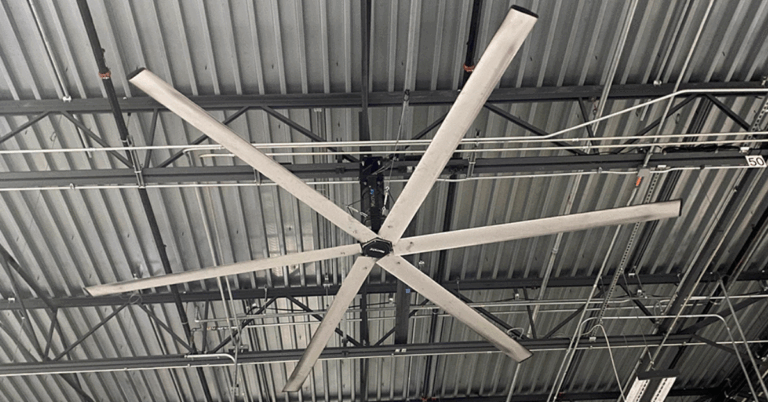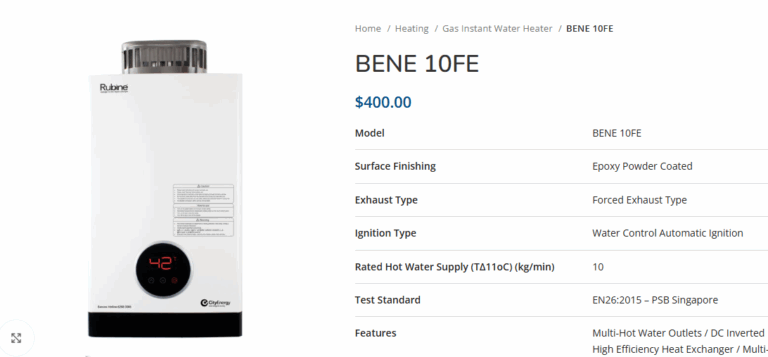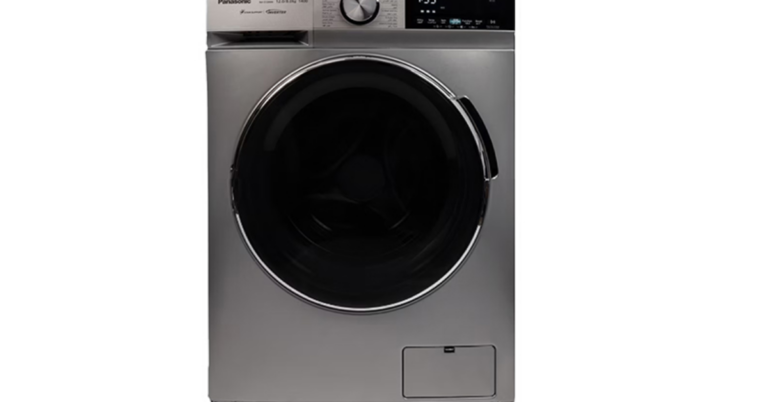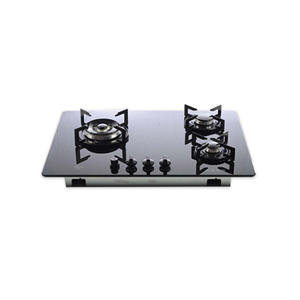Choosing the Perfect Built In Hob Singapore: A Complete Guide
If you’re renovating your kitchen or simply upgrading your cooking setup, opting for a Built In Hob Singapore is a smart, modern choice. Integrated seamlessly into the countertop, built-in hobs offer both style and functionality, elevating your kitchen’s aesthetics while delivering cooking performance tailored to your needs. In Singapore’s densely populated households where space is often at a premium, built in hobs can optimize layout, offer easier cleaning, and bring a sleek, streamlined look to your kitchen.
In this article, we’ll dive into everything you need to know about built in hobs in Singapore from types and benefits, to selection criteria, installation tips, maintenance advice, and popular features to look out for. Whether you favor gas or induction, this guide aims to empower your decision-making so you end up with a hob that fits your space, cooking habits, and lifestyle.
1. What Is a Built In Hob?
A built in hob (or cooktop) is a cooking appliance designed to be flush-mounted into your kitchen countertop, leaving just the cooking surface visible. Unlike freestanding cookers or stoves, the controls and burners or induction zones sit directly on the counter, giving a more integrated, modern appearance. In Singapore homes, built in hobs are preferred for their space-efficiency, clean lines, and flexibility in kitchen layout design.
Built in hobs come in two main types:
Gas hobs — Use a gas burner (natural gas or LPG) with flame control.
Induction hobs — Use electromagnetic induction to directly heat compatible cookware, leaving the hob surface relatively cool.
Each type has its pros and cons, and your choice will depend on your cooking style, fuel availability, budget, and preferences.
2. Why Choose a Built In Hob in Singapore?
2.1 Space Efficiency & Layout Flexibility
In many Singapore kitchens, especially in HDB flats, space is at a premium. Built in hobs allow you to lay out your counter space and cabinetry more flexibly, without accounting for the bulk of a freestanding range. You can choose a hob width (30 cm, 60 cm, 70 cm, 90 cm, etc.) that fits your countertop exactly.
2.2 Aesthetics & Modern Appeal
Because only the cooking surface is visible, built in hobs offer a sleeker, cleaner look. No bulky oven beneath, no dials protruding just a flush, minimalist surface. This makes them especially appealing in contemporary kitchen designs.
2.3 Easier Cleaning & Maintenance
With fewer crevices and junctions compared to freestanding units, built in hobs can be easier to wipe down. Induction surfaces, in particular, tend to be easier to clean since spills don’t get burned onto the surface (as long as you wipe up promptly).
2.4 Safety & Control
Induction hobs only heat cookware, not the surface itself, reducing burn risk a great advantage in households with kids. Many built in hob models in Singapore also come with flame failure devices or automatic shutoff features for added safety.
2.5 Efficient Use of Fuel / Electricity
A good built in hob can be energy efficient for gas models, the burner design and heat transfer matter; for induction models, because energy is transferred directly into the pot, heat loss is minimized. Over time, this can translate to utility savings.
3. Gas vs Induction: Which Built In Hob Type Suits You?
3.1 Gas Hobs
Pros:
Instant visual control of flame.
Works with any cookware (steel, cast iron, etc.).
Preferred by many professional chefs and traditional cooks.
No requirement for special cookware (unlike induction).
Cons:
Heat spreads beyond the base of the pot, less efficient.
Open flame more safety risk.
Cleaning can be more tedious (grates, burner caps, residue).
Requires gas connection or piping.
3.2 Induction Hobs
Pros:
Very efficient and fast heating.
Surface remains relatively cool, reducing burn hazards.
Easy to clean with spills wiped off quickly.
Precise temperature control, making delicate cooking easier.
Cons:
Only works with magnetic cookware (e.g., stainless steel, cast iron) non-compatible cookware (aluminium, copper without ferritic base) won’t heat.
Higher initial cost.
Requires reliable, adequate electrical supply.
In Singapore, many households now lean toward induction for the safety, neatness, and performance advantages especially in modern homes or where children are present. But for those who prefer traditional flame cooking or have existing cookware, gas remains a solid choice.
4. Key Considerations When Choosing a Built In Hob
To pick the ideal built in hob, keep the following factors in mind:
4.1 Size & Number of Cooking Zones
Widths: Typical sizes include 30 cm, 60 cm, 70 cm, 90 cm.
Number of burners / zones: For a 60 cm, 3–4 zones are common; 90 cm may have 5 zones.
Choose based on how many pans you typically use at once.
4.2 Power & Output
For gas: consider burner ratings in kW.
For induction: look at power per zone, total wattage, and load balancing features.
Ensure your electrical wiring can support the load (especially for induction).
4.3 Control Interface & Features
Look for features such as:
Touch control panels or dials (for gas or induction).
Timer, child lock, booster (for induction).
Flame failure safety device (for gas).
Auto pan detection (for induction).
4.4 Material & Build Quality
Glass ceramic tops: smooth, sleek surfaces (commonly for induction).
Cast iron or steel grates (for gas) that are durable and easy to clean.
Ensure robust construction to handle regular use.
4.5 Safety Features
Overheat protection, automatic shutoff, residual-heat indicators (for induction).
Flame failure device, sealed burners, spill-proof design (for gas).
Certification and safety compliance with local Singapore standards.
4.6 Warranty & After-Sales Support
Given the humid climate and heavy use in Singapore’s kitchens, having warranty coverage and reliable servicing is essential. Check availability of spare parts and service outlets.
4.7 Installation Requirements
Cutout dimensions (width, depth, thickness) must match your countertop.
Ventilation and clearance — gas hobs require proper exhaust; induction might require additional airflow.
Electrical load: ensure your power supply (e.g., 220–240 V, circuit breaker rating) can support it.
5. Installation Tips for Built In Hob in Singapore
Accurate Measuring
Before purchase, accurately measure the countertop cutout dimensions and thickness. Leave slight clearance for fitting and sealants.Electrical / Gas Connections
For gas hobs: secure, leak-tested piping, proper valves, and ventilation.
For induction: dedicate circuit, proper cabling, compliance with wiring regulations.
Support & Sealing
Use silicone or heat-resistant sealant around the edges to prevent liquids from seeping beneath the hob. Ensure underneath support is solid and well-ventilated.Clearances
Maintain recommended clearances from overhead cabinets or range hoods, as the instruction manual dictates.Test Before Final Fixing
After fitting but before sealing, test all burners/zones to ensure correct operation.Ventilation & Extraction
Even induction hobs benefit from good ventilation (to remove steam, odors). Pairing with a hood helps performance and longevity.
6. Maintenance & Care Best Practices
Regular Cleaning
Wipe spills promptly. For gas, clean burner caps and grates regularly. For induction, use non-abrasive pads.Deep Cleaning
Occasionally remove grates and parts (gas) for deep cleaning. For induction, check for cracks or hairline damage in the glass top.Inspect Seals & Gaskets
Over time, silicone seals may degrade check and replace when needed.Check Electrical & Gas Connections
In humid Singapore, connections may corrode schedule periodic inspections.Use Compatible Cookware (Induction)
Test pots with a magnet if it sticks to the base, it’s compatible.Avoid Dragging Heavy Cookware
To prevent scratches or cracks, lift heavy pots rather than sliding.
7. Trends & Innovations in Built In Hobs
Hybrid models: Some hobs combine a gas burner alongside an induction zone, giving flexibility.
Bridge zones and flexible cooking areas: Allows merging zones for a large pan.
Smart & IoT features: Remote operation, safety alerts, usage analytics.
Boost / power mode: Short-term overboost functionality for rapid heating.
Auto pan detection and load distribution: Automatically allocate power to active zones, improving efficiency.
These features are increasingly available in higher-end models offered by brands in Singapore’s market.
8. Practical Scenario: Choosing the Right Built In Hob for a Singapore Home
Let’s imagine two typical Singapore home scenarios:
Scenario A: Small Kitchen in HDB Flat
Space is limited, countertop real estate is precious.
You typically cook 2–3 dishes simultaneously.
Safety is a concern (e.g. children around).
Recommendation: A 60 cm 3-burner induction built in hob. Opt for safety features like child lock, residual heat indicator, and auto shutoff. The sleek glass surface gives a clean, modern look with minimal fuss.
Scenario B: Landed House with Spacious Kitchen
You entertain often, cook multiple dishes concurrently.
You favor traditional flame cooking for certain dishes (e.g. wok).
You want a premium look and high performance.
Recommendation: A 90 cm built in hob with mixed modes — multiple gas burners plus an induction burner or zones. You get the flexibility to choose either flame or induction depending on dish requirements.
In both cases, ensure proper ventilation and compliance with installation guidelines.
9. Summary & Final Thoughts
A built in hob Singapore presents an elegant, functional choice for modern kitchens, enabling better use of space, cleaner aesthetics, and efficient cooking methods. Whether you lean toward the tradition and instant flame control of gas hobs or the efficiency, safety, and speed of induction hobs, this guide has walked you through the critical considerations: size, power, control features, installation, maintenance, and future trends.
If you invest in a reliable model, install it correctly, and take good care of it, your built in hob can last many years, becoming an essential part of your kitchen and daily cooking routine in Singapore’s compact, dynamic living spaces.






